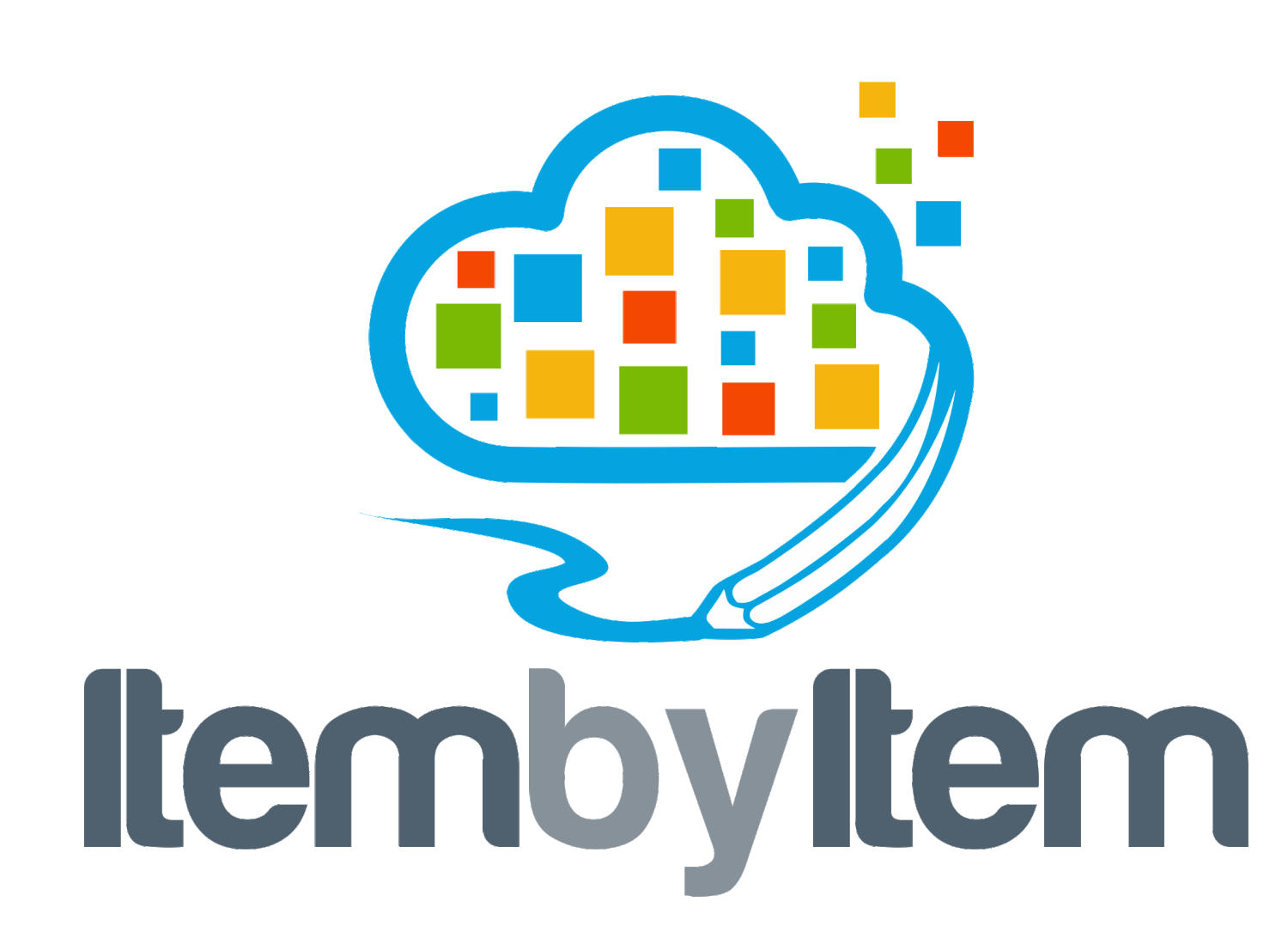Houston, we have a problem
It seems like you are getting close to your ERP implementation go-live and finally, things are coming together. Testing has progressed, you have a good amount of data to review and use, and the project team can walk through business processes end to end. There is growing excitement within the project team and discussions start about go-live readiness.
That is when you start hearing some rumblings from end-users; people who will be using the system on a day-to-day basis. You call a meeting to discuss their concerns. When go-live readiness comes up, they hold no punches.
“I have not spent enough time in the system”
“How am I going to do my job?”
“We are really short on staff, I cannot send all my employees to 2 weeks of classroom training!”
“Someone showed me the system a few months ago, I don’t even remember how to log in.”
“We have this other big initiative and cannot focus on training at this time.”
“I don’t feel ready!”
You tell everyone that a comprehensive communication and training plan is in place and you will be in touch soon. If you have already planned and taken steps to be ready for this day, you did great! If not, you need to start pretty quickly.
First of all, you are not alone. Project teams and leaders get easily consumed by day-to-day challenges and end-user training can be overlooked. We put together a 7-step plan that can help you.
1) Come up with a list of introduction topics. Some examples are; What is ERP? What is the system you are implementing? Why are we implementing this system? What are the goals and objectives of this project? Who are the key players? What has been accomplished up to now? What are some key design decisions made? etc.
2) For each topic, you should create a slide, video, picture, newsletter, or another creative media and place them in a calendar to be communicated to end-users.
3) Create a blended training plan. Your plan should start with online training and continue with classroom training. You should cover standard skills to be gained in online training and focus on complicated and modified areas in your classroom training. With the blended approach, you will not only empower end-users to take control of their learning, but also minimize the time they have to spend in a classroom.
4) As end users go through online training, continuously monitor their progress and encourage them to finish materials in a timely manner.
5) Determine topics, authors, and trainers for classroom training. Make sure the classroom training materials are split into easily consumable chunks. Make classroom sessions short, precise, and focused on the skills that are being taught.
6) Create a schedule for the classroom training and make sure end users have already completed appropriate online training before they attend.
7) Execute, evaluate, and adjust!
Unless end users are trained in using the system, you cannot expect to see all the efficiencies of your investment. Keep in mind that an ERP system can only deliver all of its benefits when properly used. For these reasons, you need to view end-user training as a crucial part of the implementation and invest the time, money, and resources it deserves.

